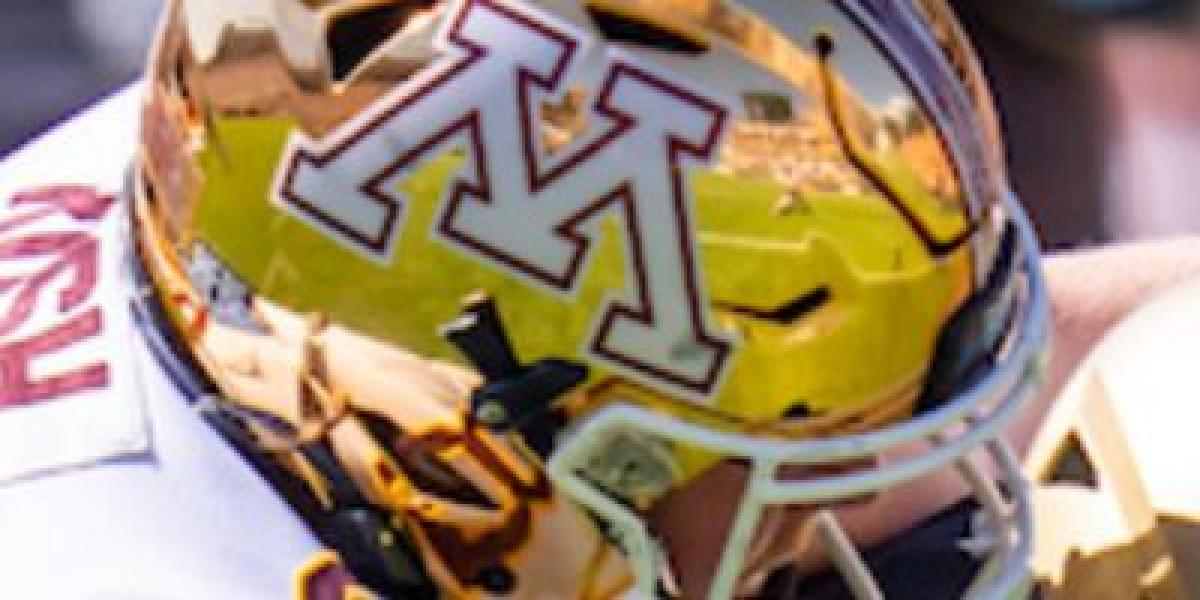The Early Years (1872-1940s): Safety First
The early days of Gophers football (pre-1940s) mirrored the national trend. Helmets were primarily leather shells, designed to protect players from head injuries. These rudimentary helmets lacked any visual appeal, focusing solely on functionality.
A Touch of Maroon (1940s-1960s): A Simple Addition
The mid-20th century saw the introduction of the first true Gophers helmet design element – a single maroon stripe running down the center of the leather or early plastic shell. This simple addition marked a step towards a more distinctive look for the Gophers.
The Birth of the Double Stripe (1960s-Present): A Lasting Legacy
The most recognizable element of the Gophers helmet design, the twin maroon stripes, arrived in the 1960s. Replacing the single stripe, these bold stripes offered a more prominent visual identity. The clean lines and simple color scheme resonated with fans and players alike, becoming synonymous with the Gophers brand.
Material Advancements (1960s-Present): A Focus on Safety and Consistency
While the core design of the helmet (double maroon stripes) has remained consistent, the materials have undergone advancements. Leather gave way to plastic and eventually high-tech materials designed to maximize player safety. However, these advancements haven't altered the overall visual identity established by the double stripes.
A Symbol of Gopher Pride:
The Minnesota Golden Gophers football helmet design transcends mere protection. It's a symbol of pride for Gopher Nation, a visual representation of the program's fighting spirit and rich tradition. It unites generations of players, coaches, and fans under a shared identity.
The helmet design, colors, and logo of the Minnesota Golden Gophers have changed throughout the past century in amazing ways. Helmet History.com shares images of past Gophers helmets to help spawn memories of the proud Minnesota football tradition.




